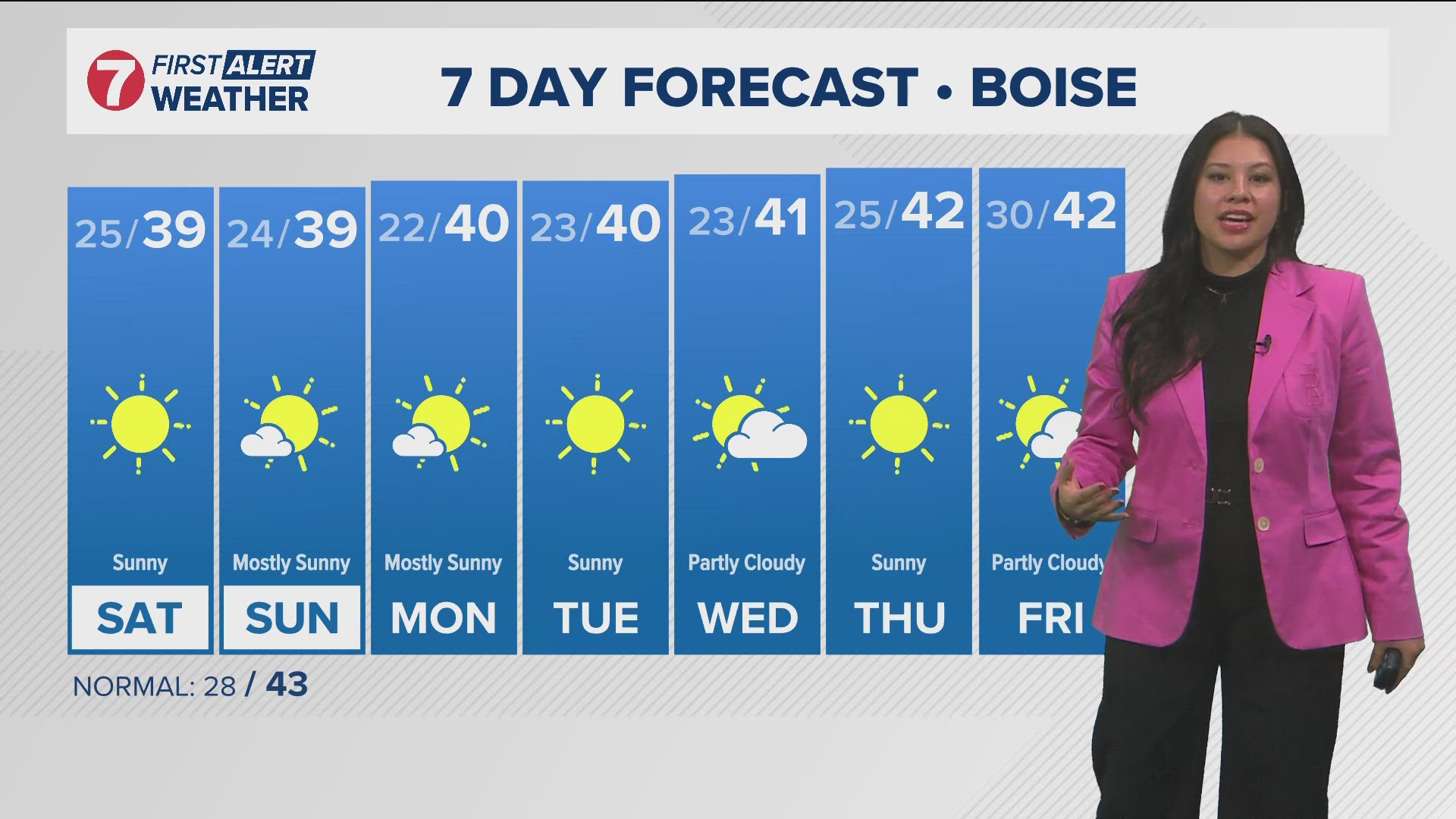You fall in love with a piece of merchandise in the store: What a perfect gift for you, your family, your boss. But how can you hope to buy it when you don’t have enough cash in the bank to pay for the item and cover your bills?
There’s no shortage of Americans who, in just such a circumstance, will open up a wallet or purse and reach for the credit card. But what if you’ve got no plastic to your name?
You might be able to put the item “on layaway.”
The layaway process involves a retailer setting aside an item for you and letting you pay for it over a set period of time. When you put something on layaway, the clock starts. If you don’t pay the full balance before the end of the layaway plan, you may lose the item and be charged a fee. When you’ve made your last payment, you’ll receive your merch.
Why use layaway?
Layaway programs give you time to pay for an item without digging yourself into credit card debt. They may be attractive to people who have a limited amount of disposable income, don’t have access to a line of credit, have trouble qualifying for a credit card or want to avoid a credit check when financing a purchase.
Some retailers offer both in-store and online layaway programs, but many only allow one or the other. For example, Walmart only offers in-store layaway during the holiday season, but Sears will let you buy on layaway online and in brick-and-mortar stores, year-round.
Many layaway programs also allow you to lock in a price. So if the item you crave is on sale, you’ll ultimately get it for that sale price even if prices rise. Alas, this benefit becomes a drawback if the price drops significantly by the time you finish making payments.
Layaway programs aren’t free. In addition to the cost of the item, you may pay program fees to participate in the program. Such fees vary from retailer to retailer but generally fall between $3 and $15 and may be based on the length of your layaway. For example, Sears charges a $5 fee to hold items for eight weeks and a $10 fee for a 12-week layaway.
Plans can cover a time period from a few weeks to a few months, depending on the retailer and terms you agree to, so the fee compensates the seller for the time and labor it takes to set aside and stock your item on layaway. If you change your mind and decide not to purchase the item, you may be charged cancellation and restocking fees of about $10. Because fees vary by retailer, you definitely want to read the fine print before you agree to a layaway program and understand exactly what you’re getting into.
Sometimes, all of the costs and fees associated with the program will render a layaway item more expensive than if you’d charged the purchase to a credit card and paid it off, with interest, in the same time period. Of course, that’s only a valid comparison if you have the either/or choice.
If you’re considering using layaway this holiday season, here are some things you need to know so you can keep the costs to a minimum.
What to watch out for:
Opening fees: This is a fee commonly assessed to participate in the layaway program. It may be called a holding fee or service fee. Burlington Coat Factory, for example, charges a $5 service fee to put items on layaway. (At the same time, though, it is touting a promotion: You get a $5 promotional card when you complete your layaway by Christmas Eve.)
Item restrictions: There may be restrictions on which items you are allowed to put on layaway. Marshalls, for instance, clearly states which items are not allowed. At the discount retailer, “jewelry, items that have been marked down, food items and furniture cannot be placed on layaway.” On the Sears website, the policy is that only items identified as “available for layaway” are eligible for the program.
Down payments: You generally won’t be allowed to put an item on layaway without offering up some cash so the retailer knows you’re serious. A down payment is a common element. Toys R Us, for example, requires you put down at least 10 percent of the total cost of your purchase. During promotional periods, the toy store will waive its $5 service fee.
Important dates: Beware of important dates and deadlines. The retailer may require that you repay the full amount in a certain number of weeks or months. Or it may need your final payment a few weeks before the major winter holidays, so you shouldn't wait until the last minute.
For example, at Walmart, you have to make a final payment and pick up your items by Dec. 11, or the account will be canceled and you may be charged a cancellation fee.
Depending on the retailer, you may also be required to make periodic payments online, by mail or in a store, so you should make a note of those dates. If you miss a scheduled payment, you may break your layaway contract. For example, Sears’ eight-week layaway program requires you make a payment every two weeks, and if you miss the payment, you have 14 days until your layaway is canceled and face a cancellation fee.
Minimum purchase amounts: The store might not keep your item or items if the total cost of the items you’re reserving on layaway doesn’t meet a certain mark. If you want to put a bundle of items on layaway at Walmart, for example, the each item must be at least $10 and the entire purchase must be $50 or more.
Price changes: Don’t assume the price you see the day you place your item on layaway will stay the same. These days most layaway programs are managed electronically, so if the item’s price rises from its sale price during your layaway period the system may automatically update your contract to reflect the new price. Unfortunately, the system may not automatically update the price if the item goes on sale.
Keep your original receipt and monitor any price changes on your account carefully on the retailer’s website or when you stop by the store to make a payment. If the price changes, ask if the retailer will honor the price you’d agreed to pay originally or a lower sale price if the item has been marked down. Some store programs will honor the price the item was the day you placed it on layaway or price match to the sale price, but others may not.
Cancellation and restocking fees: If you pay to put something on layaway, make sure you really, really want the item, because if you cancel or cannot make all the payments by the plan’s due date, you may have to pay fees. Many retailers like Walmart, KMart, Burlington Coat Factory and Toys R Us, for example, charge a fee if you decide to cancel your layaway program and restock the items. All of the aforementioned retailers charge customers anywhere from $5 to $25 to cancel layaways. Some, like clothing retailer Rainbow, call the cancellation charge a restocking fee.
Why choosing a layaway program can be worse than using credit
To demonstrate why layaway is a more expensive borrowing option than using a credit card, we give the following example:
Benny pays a $10 service fee to put a $100 item on layaway for 12 weeks (roughly three months) at his favorite department store. By the time he picks up the item in the store at the end of Week 12, he will have spent $110.
If he had put that $100 item on a credit card with a 14.87 percent APR (the current average) and paid off the balance within three months, he would have spent about $102.48.
However, if you don’t have the option of using a credit card to finance a purchase, layaway can be cheaper than other short-term lending options like a payday loan or an overdraft on a checking account. No matter how you choose to pay for holiday gifts, pay close attention to all the costs you may incur, whether that’s interest or a variety of service fees.
MagnifyMoney is a price comparison and financial education website, founded by former bankers who use their knowledge of how the system works to help you save money.



